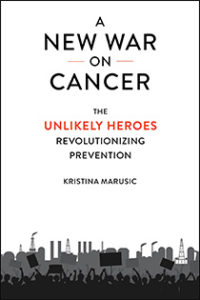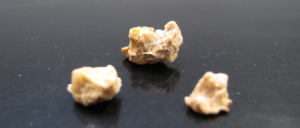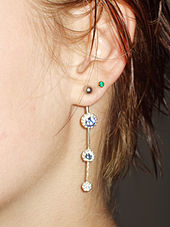 It became official this month - the year 2023 was the warmest year on record! The global average temperature was significantly warmer than any other year.
It became official this month - the year 2023 was the warmest year on record! The global average temperature was significantly warmer than any other year.
Uh-oh. This is climate change, and the temperature increase is fueled by the burning of fossil fuels (e.g., coal, oil, gas) - which releases large amounts of carbon dioxide and other greenhouse gasses into the air.
Scientists think that 2023 is probably the hottest year going back 125,000 years. Will 2024 be another record-breaking year? The baseline is being set higher and higher, yet we keep breaking the new baselines. Important: "The 10 warmest years since 1850 have all occurred in the past decade."
Excerpts from NOAA (National Oceanic and Atmospheric Administration) - [do go to the site and see the graphics]: 2023 was the world’s warmest year on record, by far
It’s official: 2023 was the planet’s warmest year on record, according to an analysis by scientists from NOAA’s National Centers for Environmental Information (NCEI).
Along with the historic heat, Antarctic sea ice coverage dropped to a record low in 2023. ...continue reading "Will 2024 Be Warmer Than 2023?"

 There is another very good book to read about environmental causes of cancer. It's called A New War On Cancer: The Unlikely Heroes Revolutionizing Prevention by Kristina Marusic. Published by Island Press in 2023.
There is another very good book to read about environmental causes of cancer. It's called A New War On Cancer: The Unlikely Heroes Revolutionizing Prevention by Kristina Marusic. Published by Island Press in 2023.
 For a while now it has become clear to some scientists that the prevailing view of Alzheimer's disease (buildup in the brain of 2 substances: amyloid and tau) isn't correct. Instead, some researchers feel that there is growing evidence that viruses are implicated as a cause of Alzheimer's and other neurodegenerative diseases (e.g., vascular dementia, ALS, Parkinson's disease, multiple sclerosis).
For a while now it has become clear to some scientists that the prevailing view of Alzheimer's disease (buildup in the brain of 2 substances: amyloid and tau) isn't correct. Instead, some researchers feel that there is growing evidence that viruses are implicated as a cause of Alzheimer's and other neurodegenerative diseases (e.g., vascular dementia, ALS, Parkinson's disease, multiple sclerosis).
 Happy Holidays!
Happy Holidays! We all know cigarette smoking is bad for our health (for example, higher rates of heart disease, respiratory disease, and cancer), but it also has an effect on our brains. Yup.
We all know cigarette smoking is bad for our health (for example, higher rates of heart disease, respiratory disease, and cancer), but it also has an effect on our brains. Yup.  This is so true....
This is so true.... Winter solstice today. It's the shortest daylight period, and the longest night.
Winter solstice today. It's the shortest daylight period, and the longest night.